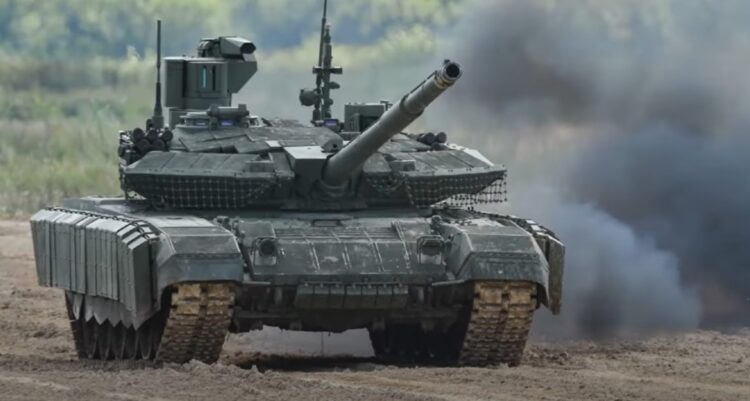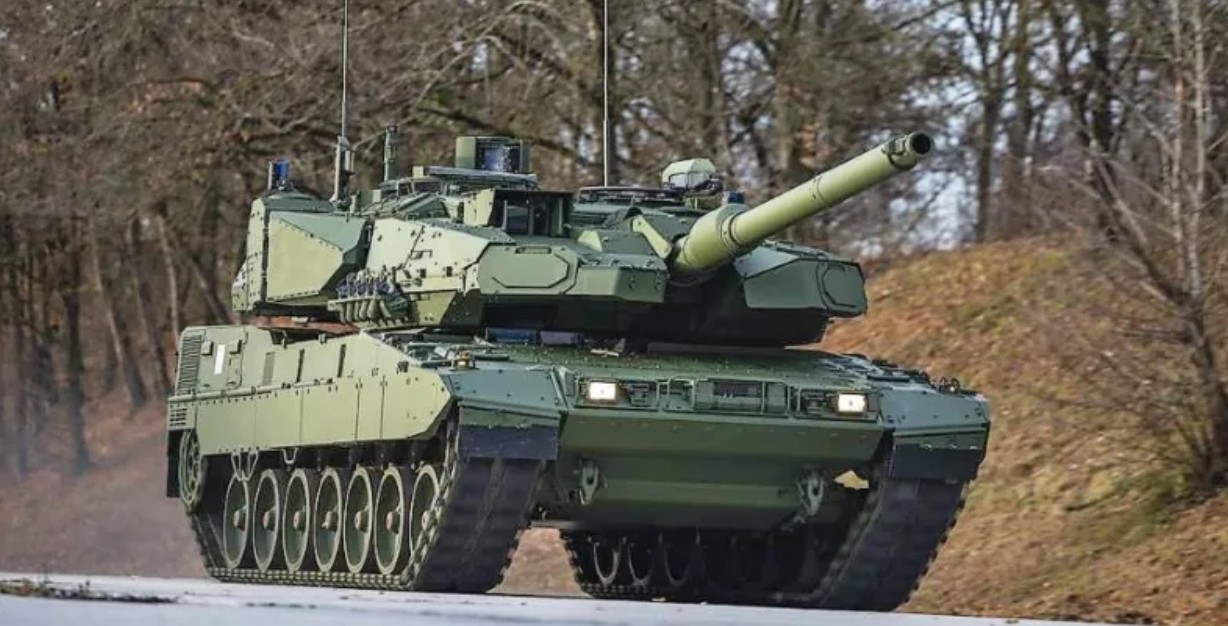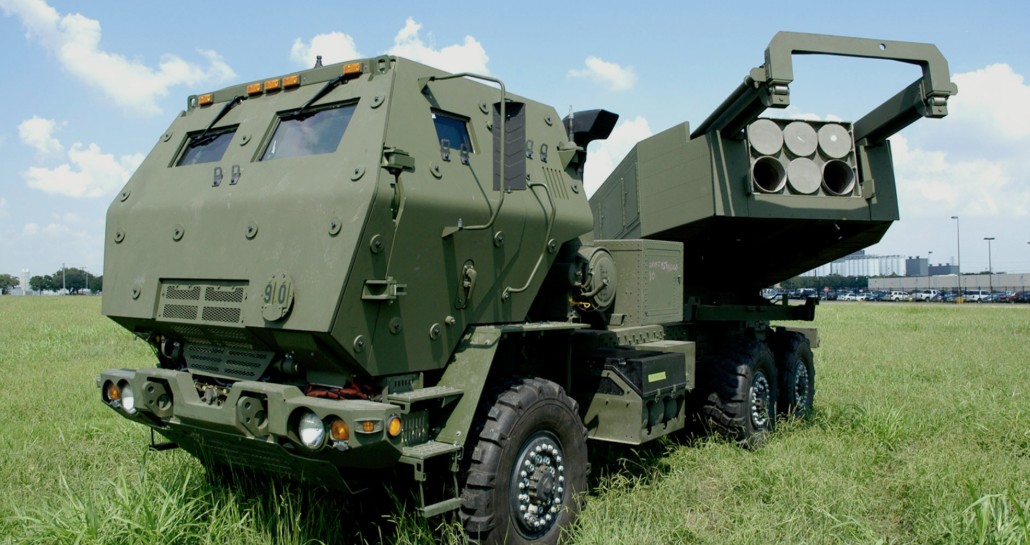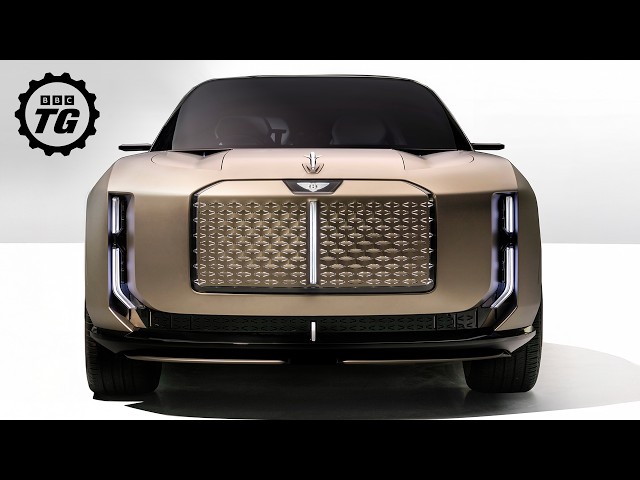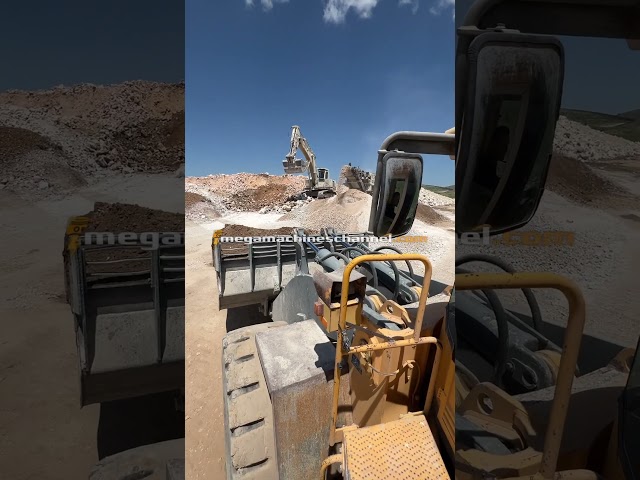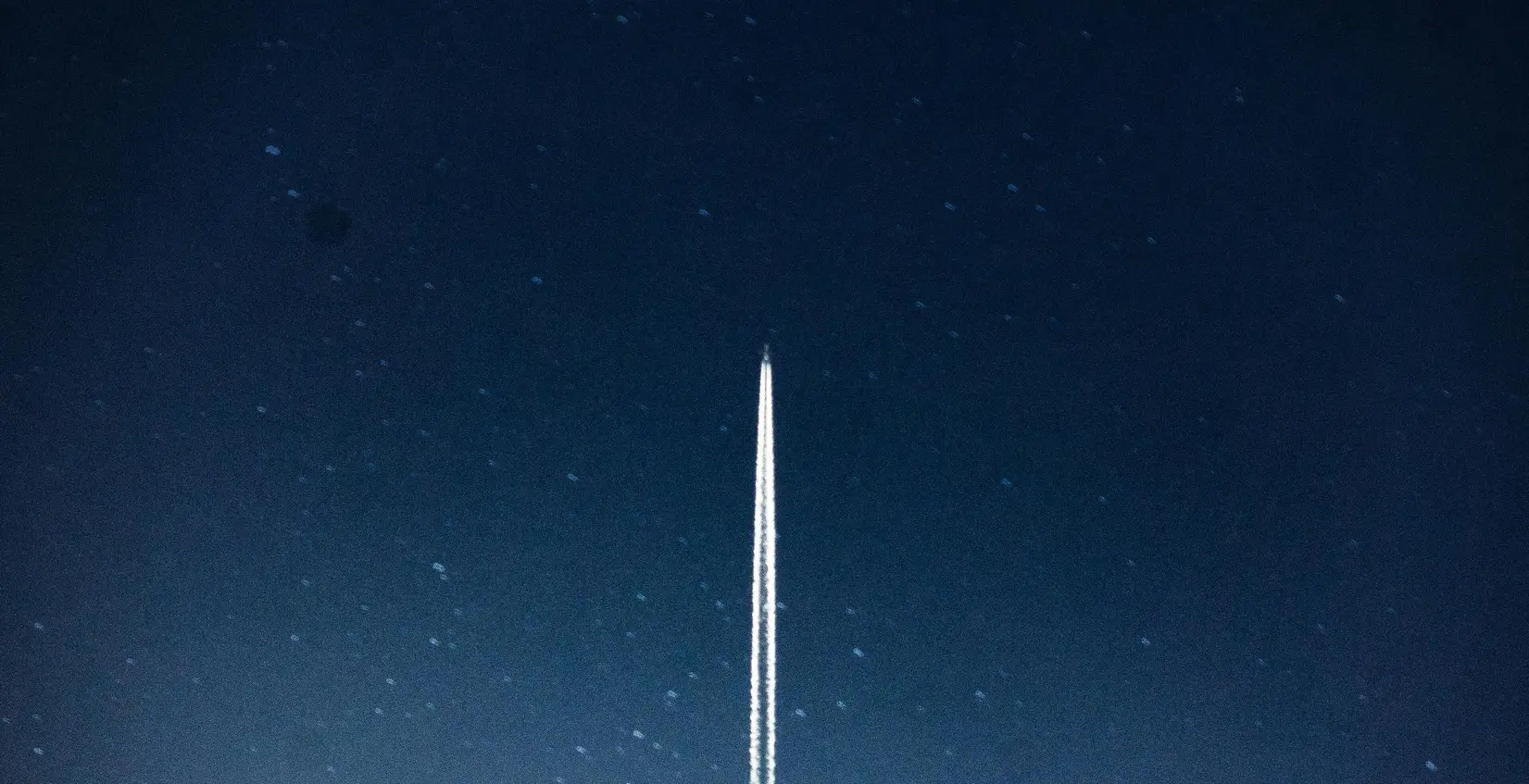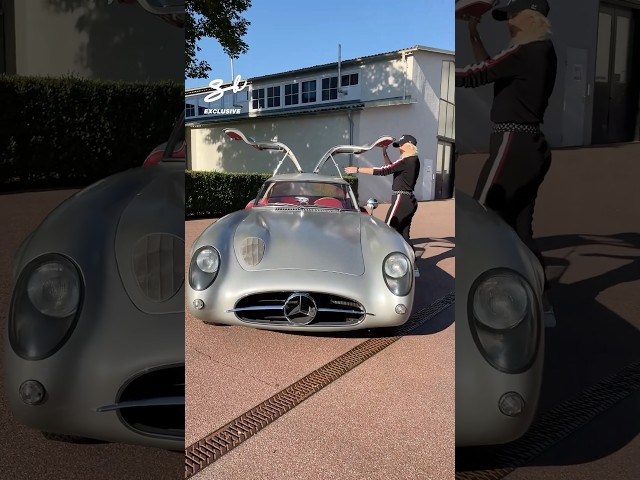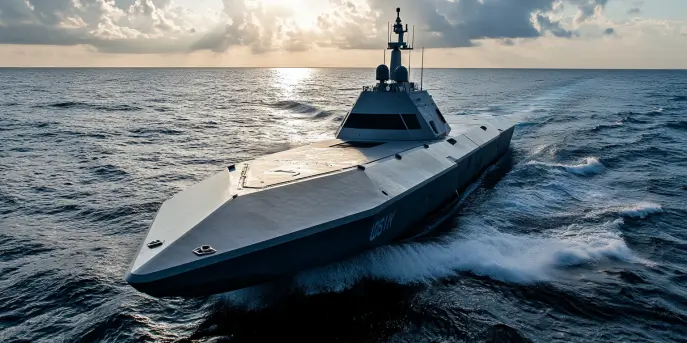The dynamic world of military technology has witnessed significant innovations and overhauls. Among these, the Chinese upgrade of the Soviet-era T-72 main battle tank (MBT) emerges as a noteworthy alternative to the renowned Russian T-90. In the ever-evolving landscape of defense capabilities, understanding these developments provides crucial insights into the strategies and advancements driving modern military forces.
Historical Background of the T-72 and T-90
The T-72 MBT, a bold creation of Soviet engineering in the late 1960s, has served as a foundational piece in the armament programs of many nations. Its design, emphasizing a robust yet economically feasible platform, paved the way for its widespread adoption. Fast forward to the post-Cold War era, Russia introduced the T-90, a direct evolution of the T-72, incorporating modern technologies to address the new military challenges of the 21st century.
While the T-90 introduced advanced fire control systems, composite armor, and improved targeting technology, its high cost and political intricacies have pushed nations to explore alternative upgrades, leading to China’s strategic enhancements of the T-72.
China’s Approach to Enhancing the T-72
Recognizing the potential locked within the T-72’s sturdy framework, China embarked on a mission to modernize this Soviet legend. The ambition: to transform it into a competitive force against contemporary tanks, including the Russian T-90. Key objectives included enhancing firepower, protection, and mobility while maintaining cost-effectiveness—a hallmark of Chinese military innovations.
Firepower Enhancements
Central to any MBT is its cannon, and the Chinese upgrades have not disappointed. The introduction of a state-of-the-art 125mm smoothbore cannon, matching the T-90’s firepower, elevates the T-72’s combat capabilities. Modern automatic loading systems, coupled with improved optics and targeting computers, have significantly increased the accuracy and reloading speed.
Advancements in Protection
Protection stands as a critical component of any successful MBT design. Chinese engineers focused on improving the T-72’s defenses by incorporating modular composite armor and explosive reactive armor (ERA). This combination not only mirrors the protective layers seen on the T-90 but also enhances resistance against a wide variety of kinetic and chemical energy threats.
The integration of an active protection system (APS) further sets the upgraded T-72 apart, providing a formidable defense against incoming projectiles that could threaten the tank’s integrity in combat situations.
Mobility and Engine Modifications
Another area of significant improvement lies in the engine and mobility systems. By opting for more powerful and fuel-efficient engines, the Chinese upgrade ensures that the T-72 remains agile on the battlefield. Enhanced suspension systems and improved transmission contribute to better manoeuverability, crucial for both offensive and defensive operations.
Comparison with the Russian T-90
While both the upgraded T-72 and the T-90 share roots in Soviet engineering, they each represent different paths in MBT evolution.
| Specification | Chinese Upgraded T-72 | Russian T-90 |
|---|---|---|
| Main Gun | 125mm Smoothbore | 125mm Smoothbore |
| Armor | Composite & ERA, Additional APS | Composite & ERA |
| Engine Power | 1000 – 1200 hp | 1000 – 1250 hp |
| Crew | 3 | 3 |
| Weight | Approx. 46 tons | 48 tons |
While the T-90 may hold advantages in some areas such as slightly higher engine power and proven combat record, the Chinese upgrade offers a compelling balance of firepower, protection, and cost efficiency. Economically viable yet technologically advanced, the upgraded T-72 provides a formidable alternative in global defense dynamics.
Implications for Global Military Strategy
China’s strategic decision to upgrade the T-72 rather than develop a fully new MBT from scratch reflects a practical approach to modern military challenges. This decision has significant implications for nations seeking to bolster their armored capabilities without incurring the prohibitive costs of a new fleet purchase.
The modernization of existing platforms like the T-72 serves not only to extend the life of these systems but also to provide a diverse suite of capabilities that can be tailored to specific national defense strategies. As countries weigh their military requirements against financial constraints, China’s T-72 upgrade position as a strategic force multiplier underlines the broader trend of upgrading aging military hardware as a viable and savvy alternative to new acquisitions.
In sum, the Chinese upgrade of the T-72 MBT represents a shrewd blend of innovation and practicality. While differing from the Russian T-90 in various ways, it stands as a competitive alternative, showcasing China’s growing influence and ingenuity in the realm of military technology development.
